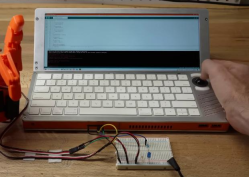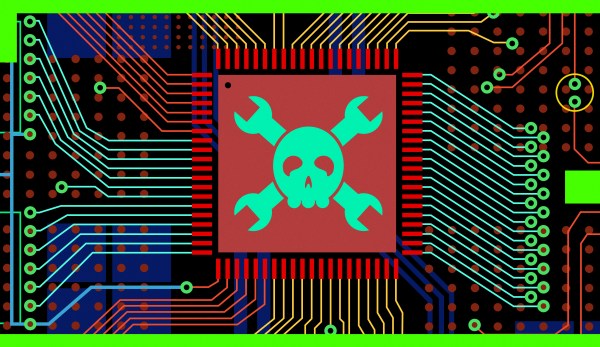Researchers at Eset have published a huge report on the Ebury malware/botnet (pdf), and one of the high profile targets of this campaign was part of the kernel.org infrastructure. So on one hand, this isn’t new news, as the initial infection happened back in 2011, and was reported then. On the other hand, according to the new Eset report, four kernel.org servers were infected, with two of them possibly compromised for as long as two years. That compromise apparently included credential stealing or password cracking.
The Ebury attackers seem to gain initial access through credential stuffing — a huge list of previously captured credentials are tried one at a time. However, once the malware has a foothold in the network, a combination of automated and manual steps are taken to move laterally. The most obvious is to grab any private SSH keys from that system, and try using them to access other machines on the local network. Ebury also replaces a system library that gets called as a part of sshd, libkeyutils.so. This puts it in a position to quietly capture credentials.
For a targeted attack against a more important target, the people behind Ebury seem to go hands-on-keyboard, using techniques like Man-in-the-Middle attacks against SSH logins on the local network using ARP spoofing. In this case, someone was doing something nasty.
And that doesn’t even start to cover the actual payload. That’s nasty too, hooking into Apache to sniff for usernames and passwords in HTTP/S traffic, redirecting links to malicious sites, and more. And of course, the boring things you might expect, like sending spam, mining for Bitcoin, etc. Ebury isn’t exactly easy to notice, either, since it includes a rootkit module that hooks into system functions to hide itself. Thankfully there are a couple of ways to get a clean shell to look for the malware, like using systemd-run or launching a local shell on the system console.
And the multi-million dollar question: Who was behind this? Sadly we don’t know. A single arrest was made in 2014, and recovered files implicated another Russian citizen, but the latest work indicates this was yet another stolen identity. The rest of the actors behind Ebury have gone to great lengths to remain behind the curtain.
Continue reading “This Week In Security: The Time Kernel.org Was Backdoored And Other Stories”




























